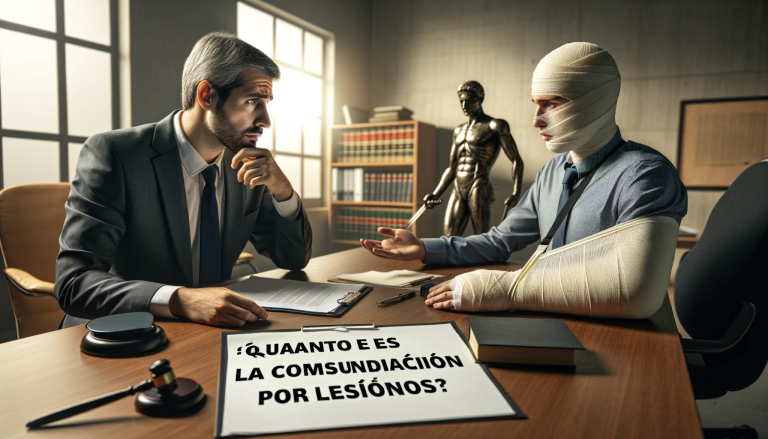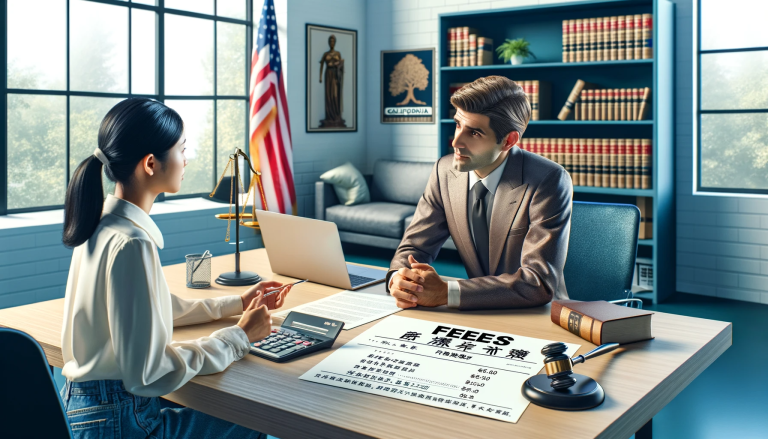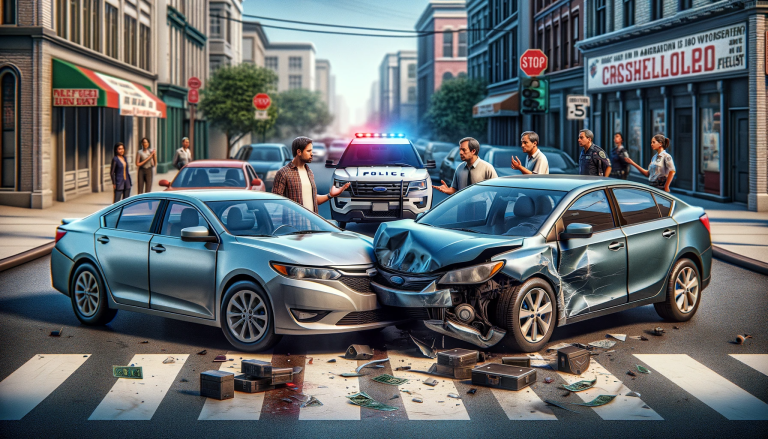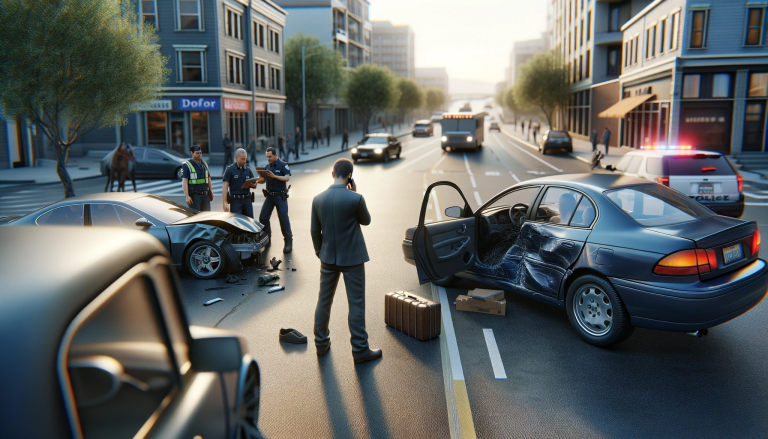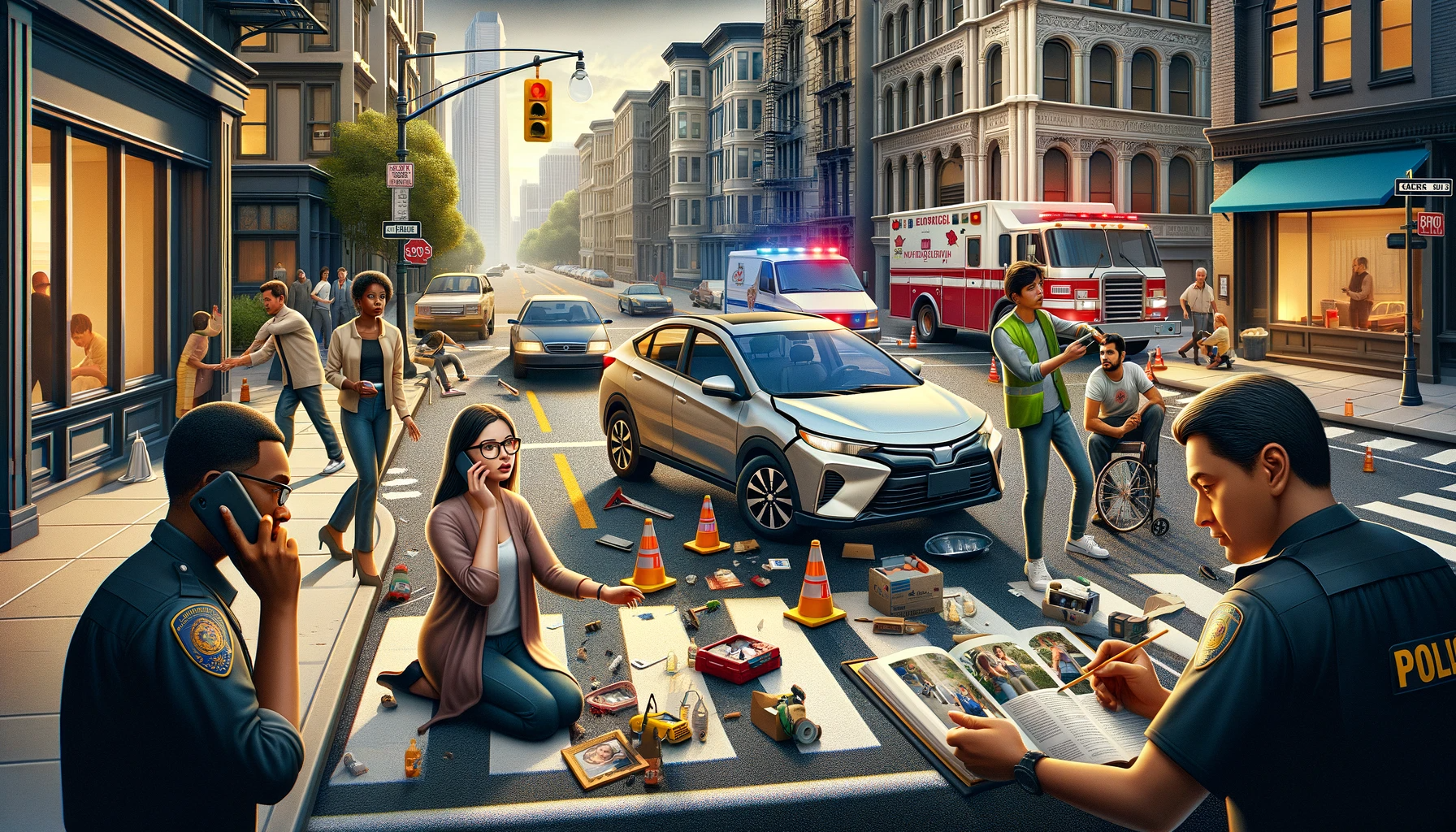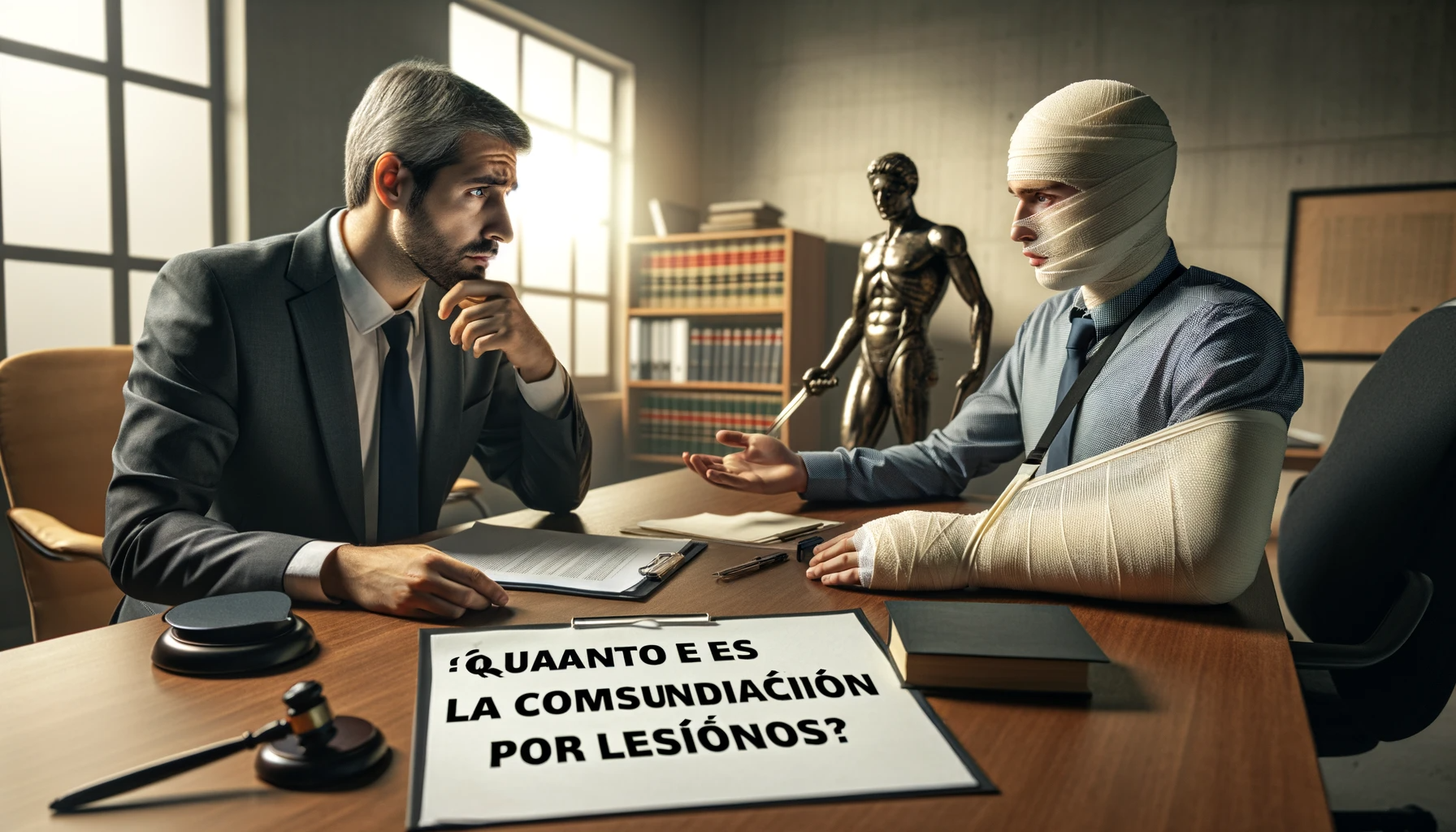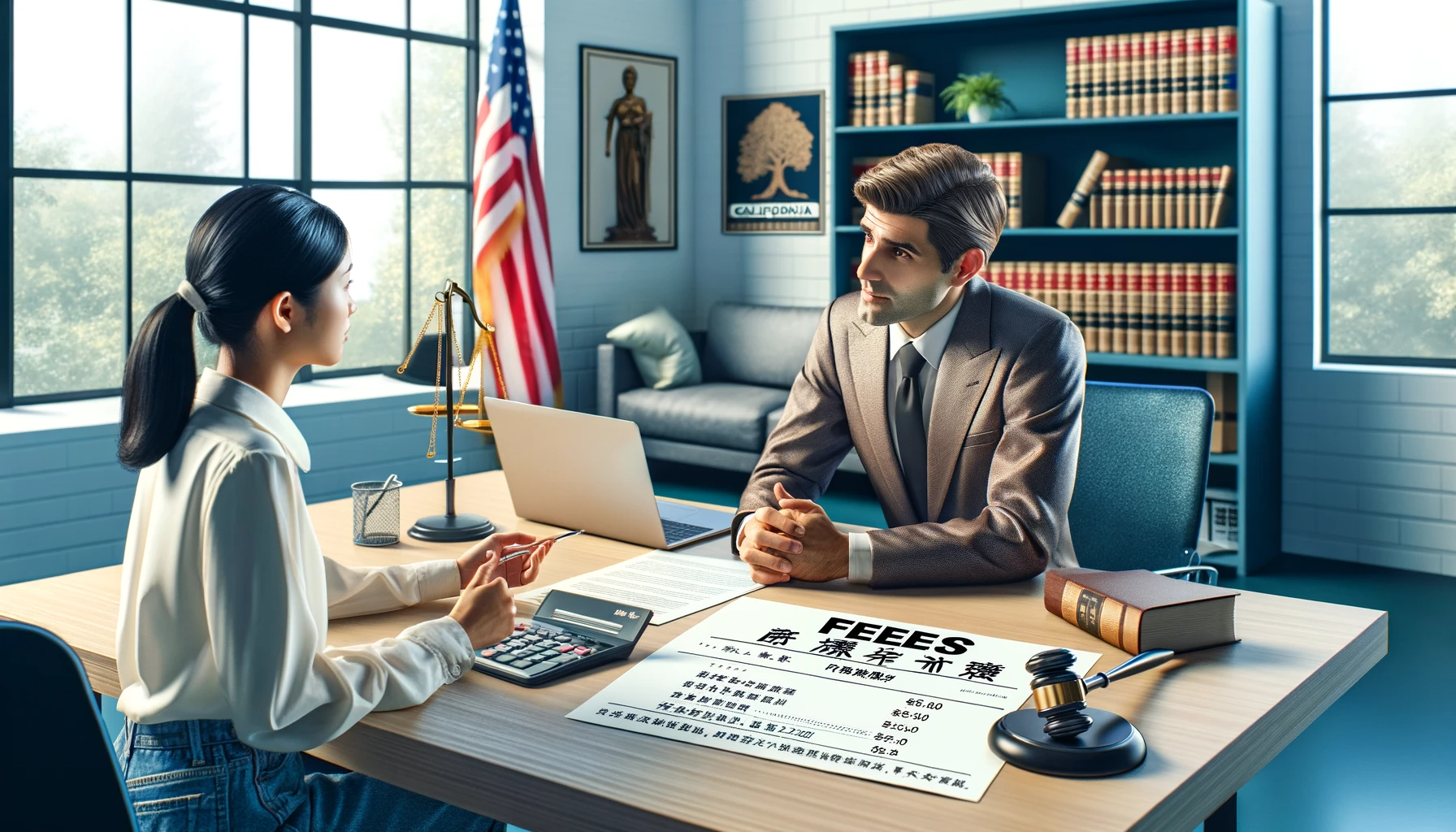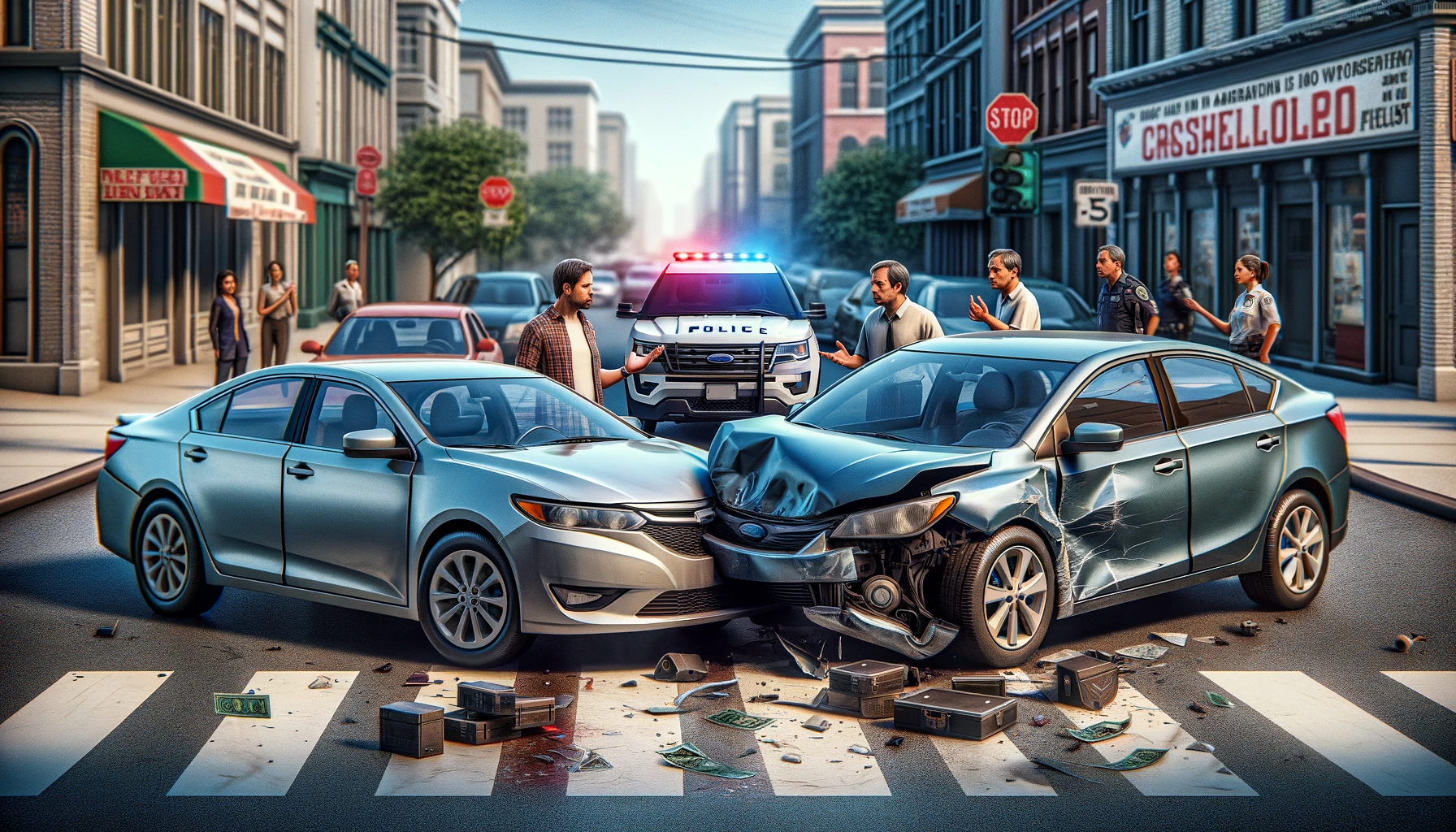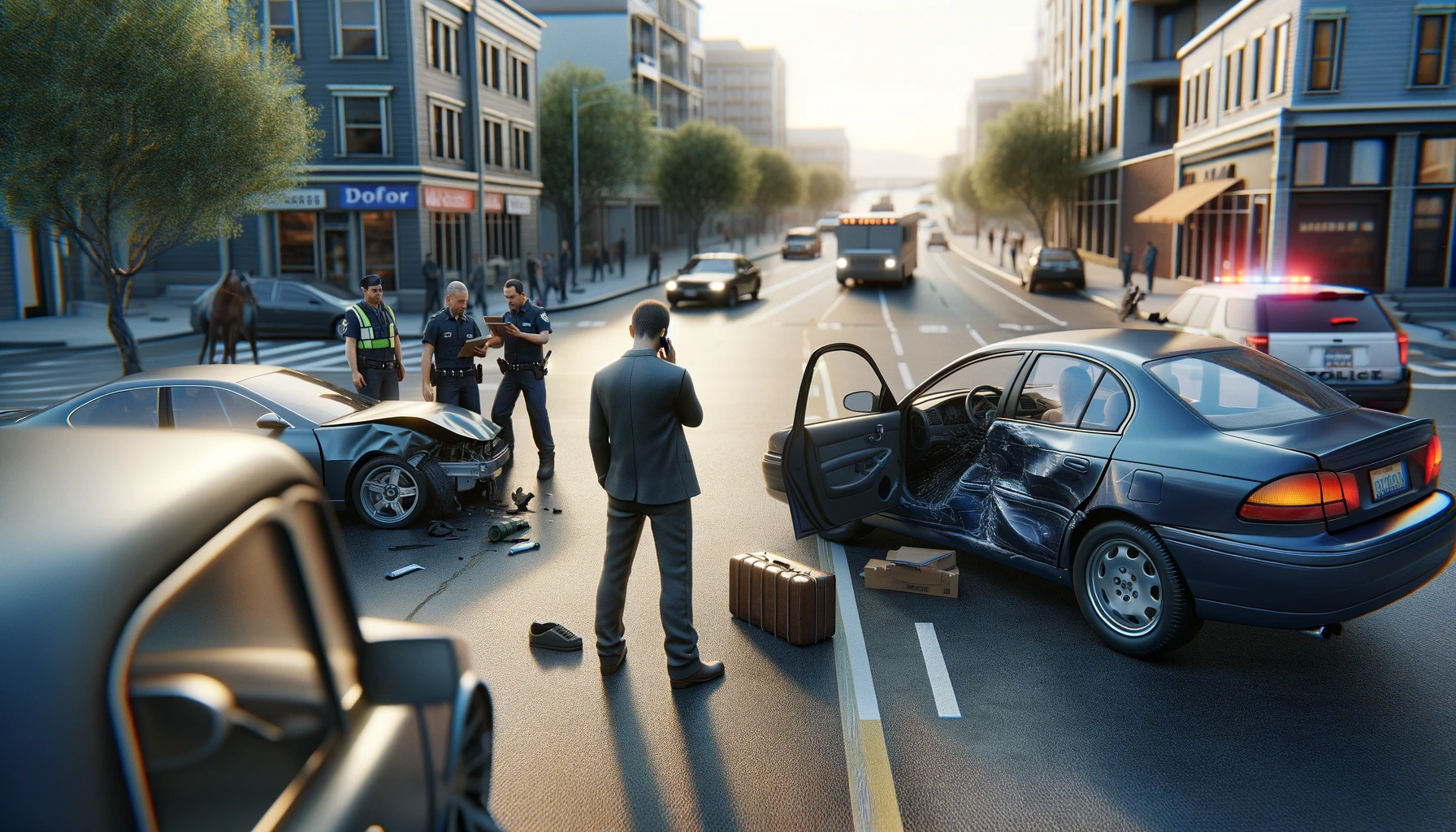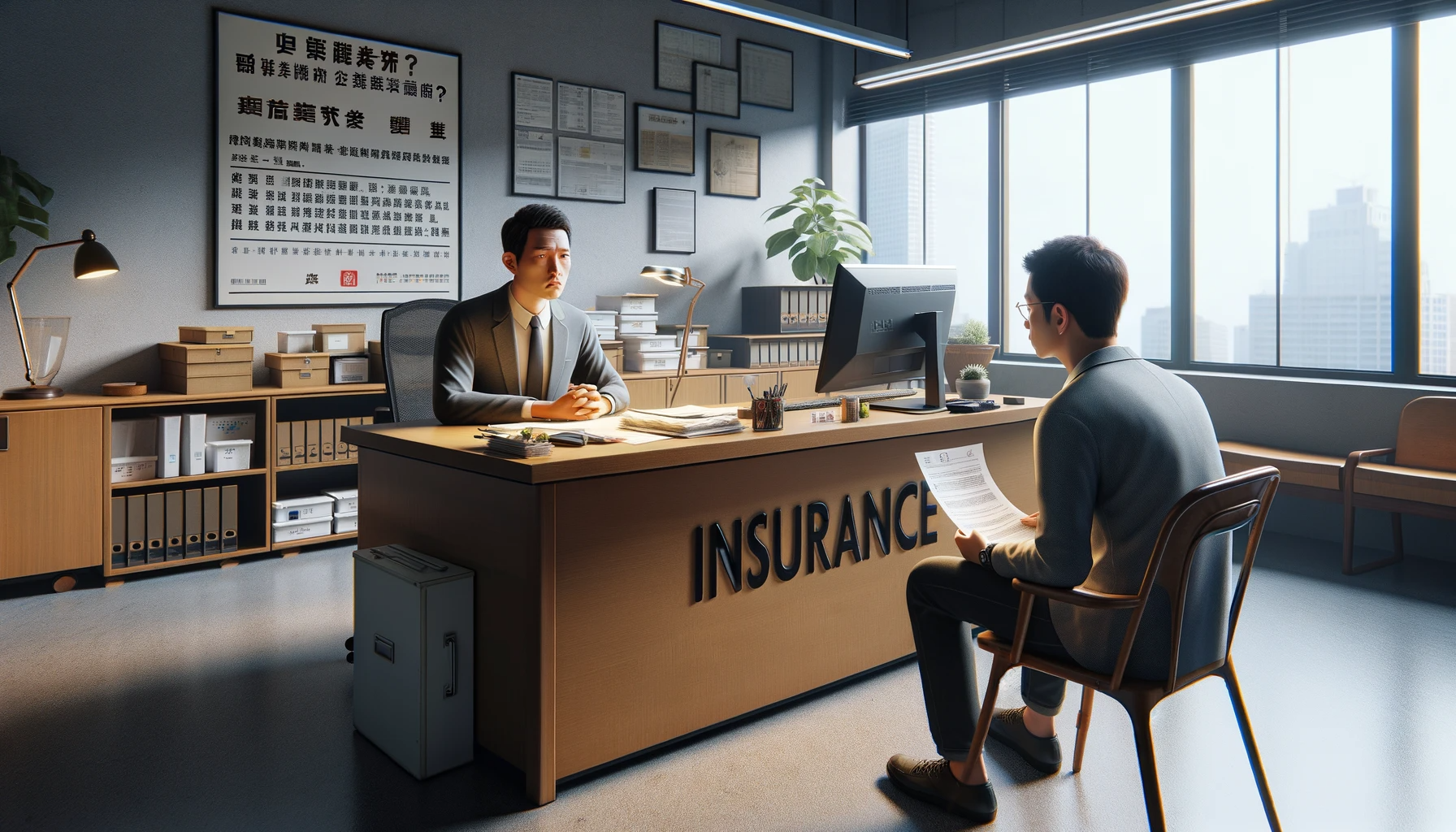Understanding the Basics of Traffic Rules
Recognizing the Importance of Traffic Laws
Traffic laws are designed to ensure orderliness on the road and to protect all road users including drivers, pedestrians, and cyclists. They regulate speed limits, traffic signals, rights of way, and rules relating to turning, stopping, or overtaking. Familiarity with these rules promotes better driving habits, reduces traffic mishaps, and assists in identifying the party responsible in case of an
Accident.
The Concept of Right-of-Way
One of the critical aspects of traffic laws is the principle of right-of-way. Understanding this concept helps to prevent collisions, confusion, and traffic congestion. Generally, drivers must yield the right-of-way at all stop signs and traffic signals, to pedestrians at crosswalks, and when making a right turn on red or a left turn against oncoming traffic. Failing to respect the right-of-way may often lead to a driver being deemed at fault in the event of an accident.
Interpreting Traffic Signals and Signs
Traffic signals and signs provide essential instructions to road users. Red lights and stop signs require vehicles to halt until it's safe or permitted to proceed. Green lights or signs indicate the right to move forward, provided the path is clear. Yellow or amber lights serve as warnings to prepare to stop or proceed with caution. Misinterpretation or disregard for these signals can result in traffic violations or
Accidents, often placing blame on the offending motorist.
Speed Limits and Safe Driving Practices
Speed limits are prescribed based on the type of road and its location. Regardless of the posted limit, drivers should adjust their speed depending on weather conditions, visibility, and traffic flow to ensure safety. Breaching the speed limit not only poses a danger to all road users but can also be viewed as negligence if an accident occurs.
The Relevance of Turn Signals and Lane Disciplines
Turn signals are crucial communication tools for indicating a driver's intention to turn or change lanes. Using them inappropriately or not at all can lead to confusion, mishaps, and potential fault in an accident. Similarly, maintaining proper lane discipline prevents unexpected maneuvers, reduces the risk of collision, and plays a significant role in assigning blame in accidents.
Understanding these basic traffic rules helps predict the actions of other drivers, enables safer driving, and assists in determining who is at fault when mishaps occur.
Analyzing the Accident Scene
Gathering First Impressions
When an accident occurs, it's important to take note of your immediate impressions. These details can often provide valuable context for determining who is at fault. Aspects such as the positions of the vehicles, any skid marks, damage to the surroundings, and the conditions of the road, light, and weather can all play into the determination of fault.
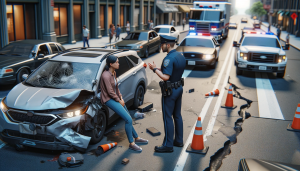
Documenting the Scene
Next, make sure to visually and textually document the scene. Capture clear photographs of the overall scene as well as close-ups of specific damages. Include shots of the vehicles from several angles, the condition of the road, and any other relevant details. Also, a written report detailing what happened can be useful in establishing a timeline and sequence of events.
Evaluating Vehicle Damages
Additionally, assessing the damages on each vehicle can help determine the cause of the accident. For example, if one car has significant front-end damage while the other has rear-end damage, it would suggest that the first vehicle hit the second from behind. Examining the pattern, severity, and location of damage can provide clues about the speed, direction, and actions of each driver at the time of collision.
Eye-Witness Accounts
Eyewitness accounts can also be crucial when determining who is at fault in an accident. Passersby, pedestrians, or passengers in either vehicle might have witnessed the accident. Their objective perspectives can provide a third-party viewpoint of the incident, potentially introducing details not noticed by the involved drivers.
Reviewing Traffic Laws
Finally, understanding applicable traffic laws is critical to interpreting the
Accident scene. Each driver's actions should be compared with what's legally expected in similar situations. Information like right-of-way rules, speed limits, and stop sign regulations can help clarify which driver might have been in violation of the law, contributing to the accident.
Looking for Evidence
Gathering Information at the Scene
One crucial aspect in determining fault in an accident is information collection at the scene. Start by collecting details such as the date, time, and location of the accident. Make detailed notes about how the accident occurred, including specific actions taken by all parties involved. If there are any witnesses, get their contact information and statements.
Analyzing Physical Evidence
Physical evidence from the accident scene can also help determine fault. This may include skid marks, vehicle damages, road conditions, or debris. Photographs can be particularly helpful in preserving this evidence. Remember, the more information you have, the easier it will be to establish who was responsible for the accident.
Considering Legal and Traffic Rules
Understanding legal and traffic rules can further help in identifying the party at fault. Look into state laws relating to right of way, traffic signals, and speed limits. If a driver has violated any of these rules, they are likely to be held liable.
Reviewing Police and Accident Reports
Police reports and accident reports can provide an impartial overview of the event. These reports typically contain a diagram of the accident, statements from the involved parties and witnesses, and some may even include the police officer's opinion on who was at fault.
Consulting Expert Witnesses
In some cases, expert witnesses like
Accident reconstruction experts can provide valuable insights on tricky accidents. Their professional opinion can help decipher complex accident scenes to determine who was at fault. Always consult with a legal advisor before reaching out to an expert witness.
Considering Witnesses' Testimonies
Evaluating the Credibility of Witnesses' Accounts
In the process of determining fault in an accident, it is essential to take into account the testimonies of any witnesses present. These accounts can provide an objective view of the event and help establish a clearer picture of what happened. However, it's critical to evaluate the credibility of these testimonials. Factors like the witness's location during the event, their ability to clearly see what transpired, or any bias they may hold should be considered.
Importance of Corroborating Statements
One crucial aspect of considering witness testimonies is verifying whether multiple accounts corroborate. Do different witnesses recount similar events? Or are there inconsistencies among their stories? Remember, a single witness account may not provide a complete or accurate depiction of an accident. Hence, gathering and comparing multiple testimonies can significantly aid in figuring out who was at fault.
Using Witness Testimony to Reconstruct the Accident
Post-incident, it can be a challenging task to piece together the sequence of events leading to the accident. In such scenarios, witness testimonies become invaluable. They can help reconstruct the accident scene and give insights on key details such as the speed of the vehicles involved, traffic signals, weather conditions, and other contributing factors.
The Role of Expert Witnesses
In some cases, it might be beneficial to consult expert witnesses. These are professionals in specific fields related to the accident, like traffic engineers, accident reconstruction experts, or medical professionals. Their specialized knowledge can shed light on the technical aspects of the accident and can significantly influence decisions regarding fault.
Legal Weight of Witness Testimony
Remember, while witness testimonies can provide compelling evidence about the incident, their legal weight varies. Some courts may consider them powerful evidence, while others may regard them as less reliable. Always seek legal counsel to understand how your local jurisdiction values witness testimony in a case like yours. This will help you anticipate the likely impact of witness accounts on your situation.
Reviewing Police Reports
Understanding the Basic Elements of a Police Report
A police report is a record prepared by the officer who responded to the
Accident scene. It includes crucial details such as the date, time, and location of the incident, as well as descriptions from both drivers and witnesses. Understanding the basic elements of the police report is crucial in determining fault in an accident. Read the report thoroughly and pay close attention to any information on how the accident happened, driver statements, weather conditions, or traffic violations.
Interpreting Officer's Diagrams and Narratives
The responding officer typically includes a narrative and diagram of the accident in the police report. This can provide vital visual context of the accident scene. The narrative section offers an objective description of what the officer believes happened based on their assessment. Look for skid marks, points of impact, and damage direction. Identifying these details can help reconstruct the sequence of events leading up to the accident and possibly reveal who is at fault.
Evaluating Violations and Citations Listed
The police report may list any traffic laws that were broken leading up to the accident and whether any drivers received citations. If one party violated a traffic law, they could potentially be found at fault for the accident. However, a citation alone does not definitively prove fault. You'll need to consider other factors such as environmental conditions and witness statements.
Assessing Witness Statements
Witness statements captured in the police report can provide an unbiased perspective of the accident. They may corroborate or contradict the drivers' accounts. While witness statements are not always definitive, they can influence an insurer's decision on fault, especially when driver accounts differ.
Using the Report for Insurance Purposes
Once you've reviewed and understood the police report, you can use it to file an insurance claim. Your insurer will review this and any other relevant documents to ascertain fault. It's important to ensure that the facts in the report match your recollection of the event. If there are discrepancies, you should notify your insurer or possibly seek legal advice.
Understanding Common Accident Scenarios
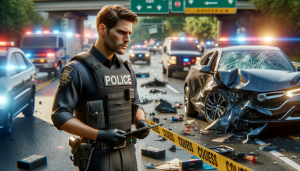
Grasping the Basics of Vehicle Collisions
Varying types of vehicle collisions occur frequently and understanding them is the first step to determine liability. Head-on collisions usually occur when one vehicle strays from its lane and into oncoming traffic, making the errant driver usually at fault. Rear-end accidents typically happen when a driver fails to maintain a safe following distance, thus not allowing enough reaction time to stop, making them generally at fault. However, if the front vehicle's brake lights weren't functioning, the driver of this vehicle could bear some responsibility.
Deducing Liability in Multiple Vehicle Accidents
Multiple vehicle accidents, such as pile-ups, can be complicated when trying to ascertain who is at fault. Generally, it's the driver who instigated the chain reaction but exceptions exist. For instance, if a car was pushed into another due to a rear-end collision, the driver of the car that initiated the rear-end accident is usually at fault.
Understanding Single Vehicle Accidents
Single vehicle accidents involve only one vehicle and may include scenarios such as hitting a pedestrian, animal, or stationary object. Determining fault here might seem straightforward as there are no other vehicles involved. However, many factors come into play such as road conditions, visibility, mechanical failure, and even actions of other drivers not directly involved in the accident.
Parking Lot Mishaps
Parking lot accidents require special attention as they involve numerous potential blind spots and people moving in various directions. Generally, the driver who is moving is more likely at fault than the one who is stationary or parked. However, factors like ignoring signage, speeding, or reversing without checking can influence the liability determination.
Accidents Involving Pedestrians and Bicyclists
In accidents involving pedestrians and bicyclists, the determining factor for fault is often the right of way. Drivers are typically required to yield to pedestrians and are often considered at fault in collisions. However, if a pedestrian or bicyclist acted unpredictably or was breaking traffic laws, they could share some, or even all, of the responsibility.
Contacting Insurance Companies
Getting Your Insurer's Details
First off, it's crucial to get your insurer's contact details. These should be present on your insurance card or within your policy documents. You may also find this information online, on the insurer's official website. Make a note of their claim reporting phone number and email address; some companies might also have a dedicated online portal for claim reporting.
Preparing the Necessary Information
Before contacting your insurance company, be sure to gather all relevant information about the accident. This includes the date, time, and location of the accident, the details of all involved parties (including witnesses), a description of the accident, and any damage or injuries caused. Police reports and photos from the accident scene can also be beneficial when discussing the incident with your insurer.
Once you have all necessary details gathered, it's time to report the accident to your insurance company. Depending on your insurer’s preferred method, this could be through a phone call, email, or their online portal. Explain the accident in detail, providing all the collected information. Be truthful and comprehensive in your report; any discrepancy or omission could lead to complications later on.
Follow-up After Initial Contact
After reporting the accident to your insurance company, expect to receive follow-up communication. They might ask for further details or request additional documentation. Ensure to respond promptly and accurately as this can speed up the claim investigation process. Keep any reference numbers or case IDs provided by your insurance company so that you can easily track the progress of your claim.
Navigating the Claim Process
The claim process with your insurer will often involve an investigation into the accident to determine fault and the extent of coverage. This could involve discussions with the other party's insurer. During this time, it's essential to maintain communication with your insurer and understand the steps they are taking in the claim process. If you have any questions or concerns, don't hesitate to ask them; after all, clarity is key when it comes to understanding your claim.
Conclusion
In conclusion, understanding who is at fault in an
Accident is crucial but can be challenging due to the complexity of factors involved. Gathering evidence, including witness statements, photos, and police reports, is essential to support your case. Consulting with a legal professional can provide valuable insight into your rights and obligations, helping you navigate the process more effectively.
Look for an attorney who has the right legal resources for your legal needs.
Contact us here on the
Warmuth Law website or through our hotline 888-517-9888.
Frequently Asked Questions (FAQ's)
1. How is fault determined in a Car accident?
Fault in a
Car accident is typically determined by examining the rules of the road and the specific circumstances of the accident. Factors such as traffic laws, witness statements, and evidence at the scene, such as skid marks or vehicle damage, are considered. Police reports and any citations issued also play a role in determining fault.
2. Can I be partially at fault for an Accident?
Yes, in some cases, both parties may share fault for an accident. This is known as comparative negligence or comparative fault. Each party's degree of fault will determine how damages are apportioned. For example, if you are found to be 20% at fault for an accident, you may be responsible for 20% of the damages.
3. What if the other driver denies fault?
If the other driver denies fault, you may need to rely on evidence to support your claim. This can include witness statements, photos of the accident scene, and police reports. It's important to gather this evidence as soon as possible after the accident to strengthen your case.
4. Will my insurance rates go up if I'm found at fault?
Yes, if you are found at fault in an accident, it is likely that your insurance rates will increase. This is because you will be considered a higher-risk driver by your insurance company. The amount of the increase will depend on the severity of the
Accident and your driving history.
5. Can I dispute a determination of fault?
Yes, you can dispute a determination of fault by providing additional evidence or seeking legal advice. It's important to act promptly and follow the proper procedures for disputing fault. This may involve providing additional witness statements, photos, or other evidence to support your claim.




